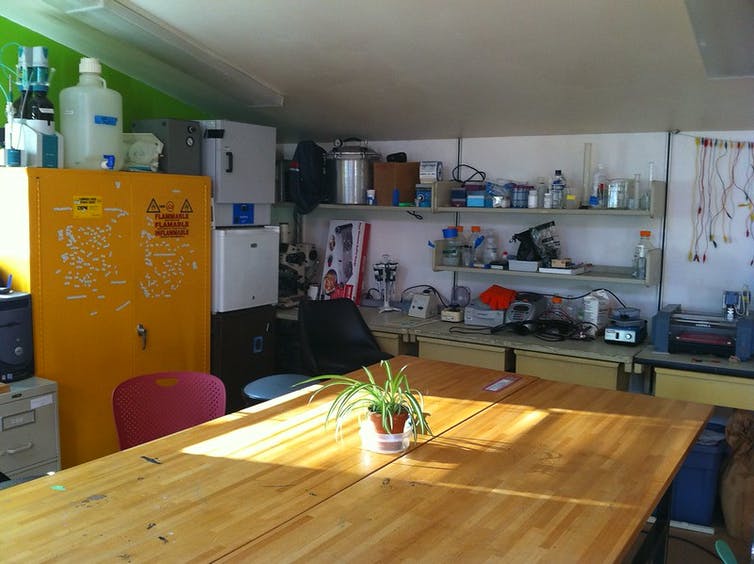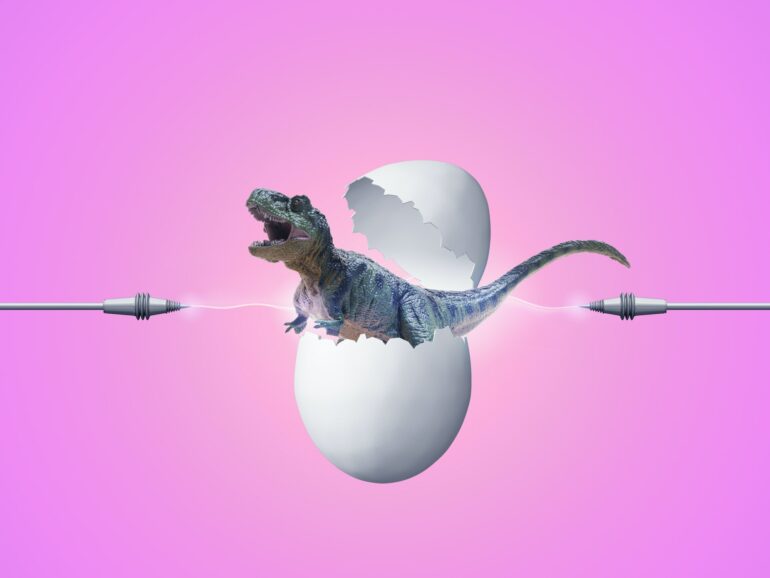“Jurassic World: Dominion” is hyperbolic Hollywood entertainment at its best, with an action-packed storyline that refuses to let reality get in the way of a good story. Yet just like its predecessors, it offers an underlying cautionary tale of technological hubris that’s very real.
As I discuss in my book “Films from the Future,”
Stephen Spielberg’s 1993 “Jurassic Park,” based on Michael Crichton’s 1990 novel, didn’t shy away from grappling with the dangers of unfettered entrepreneurship and irresponsible innovation. Scientists at the time were getting closer to being able to manipulate DNA in the real world, and both book and movie captured emerging concerns that playing God with nature’s genetic code could lead to devastating consequences. This was famously captured by one of the movie’s protagonists, Dr. Ian Malcolm, played by Jeff Goldblum, as he declared, “Your scientists were so preoccupied with whether they could, they didn’t stop to think if they should.”
In the latest iteration of the “Jurassic Park” franchise, society is coming to terms with the consequences of innovations that were, at best, ill-conceived. A litany of “coulds” over “shoulds” has led to a future in which resurrected and redesigned dinosaurs roam free, and humanity’s dominance as a species is under threat.
At the heart of these films are questions that are more relevant than ever: Have researchers learned the lesson of “Jurassic Park” and sufficiently closed the gap between “could” and “should”? Or will the science and technology of DNA manipulation continue to outpace any consensus on how to use them ethically and responsibly?
Imagine a world where dinosaurs and humans coexist.
(Re)designing the genome
The first draft of the human genome was published to great fanfare in 2001, setting the stage for scientists to read, redesign and even rewrite complex genetic sequences.
However, existing technologies were time-consuming and expensive, placing genetic manipulation out of reach for many researchers. The first draft of the human genome cost an estimated US$300 million, and subsequent whole-genome sequences just under $100 million – a prohibitive amount for all but the most well-funded research groups. As existing technologies were refined and new ones came online, however, smaller labs – and even students and “DIY bio” hobbyists – could experiment more freely with reading and writing genetic code.

You can manipulate DNA in the comfort of your own home-based DIY bio lab.
Mackenzie Cowell/Flickr, CC BY
In 2005, bioengineer Drew Endy proposed that it should be possible to work with DNA the same way that engineers work with electronic components. Much as electronics designers are less concerned with the physics of semiconductors than they are with the components that rely on them, Endy…
